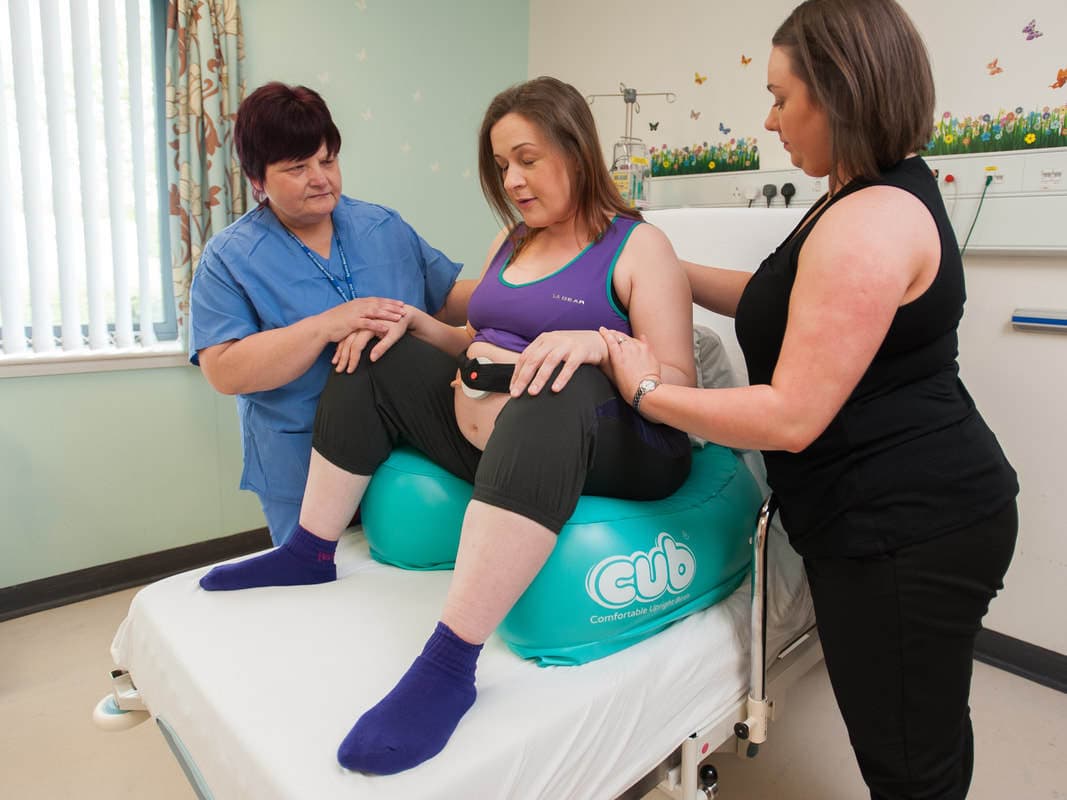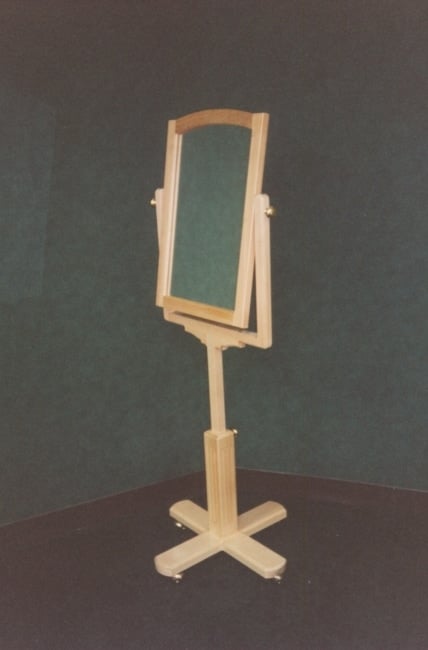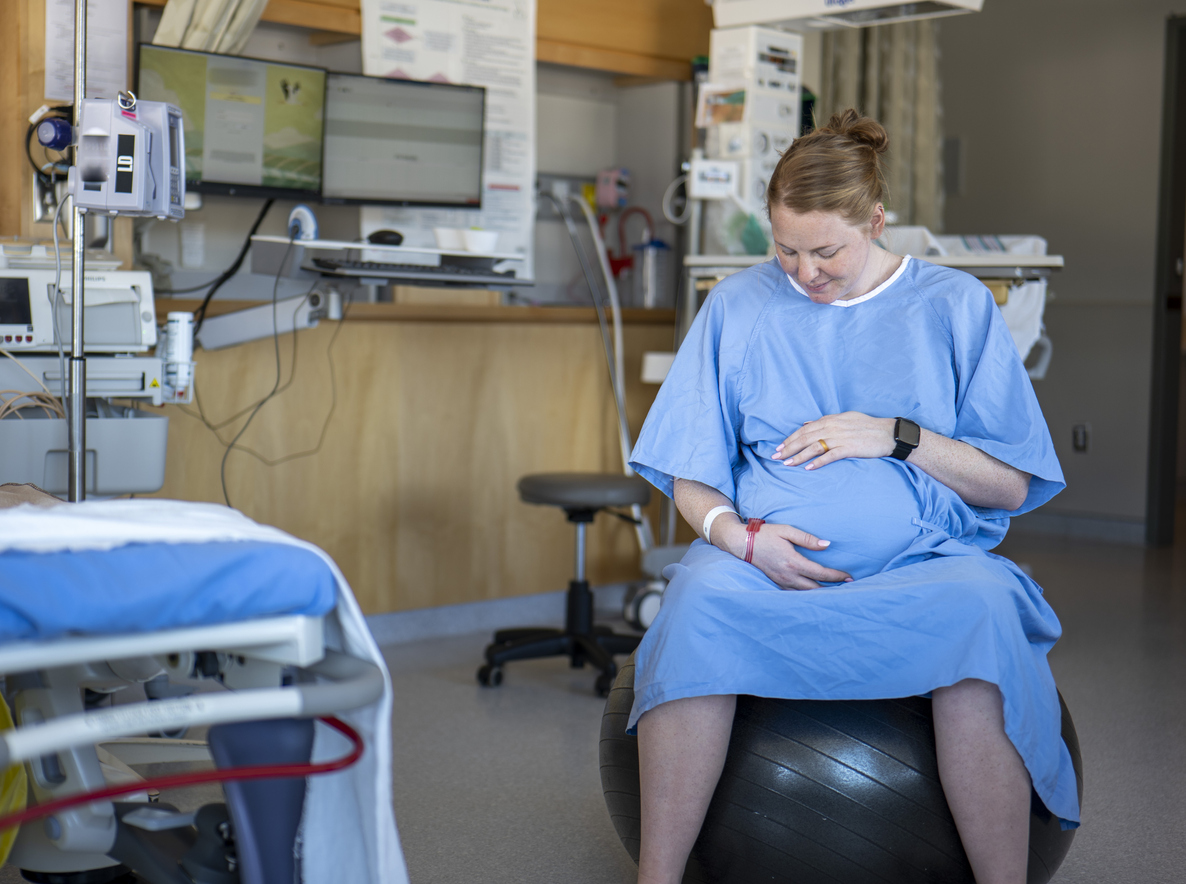
![]()

Each labor can present differently, whether it’s your first baby or you have a couple of babies. What’s more, how you cope with labor may also be different. Whichever way you intend to go through labor, some hospital items can be made available to help you achieve your desired labor and delivery.
You can use some of these common hospital items during labor, delivery, and postpartum. Their availability will differ from facility to facility. Be sure to speak with your provider to verify if they’re available and whether you can use them.
Quick Contents
3 Hospital Items for Labor Coping
Here are three helpful hospital items for coping with labor.
1. Peanut Ball and Birthing Ball
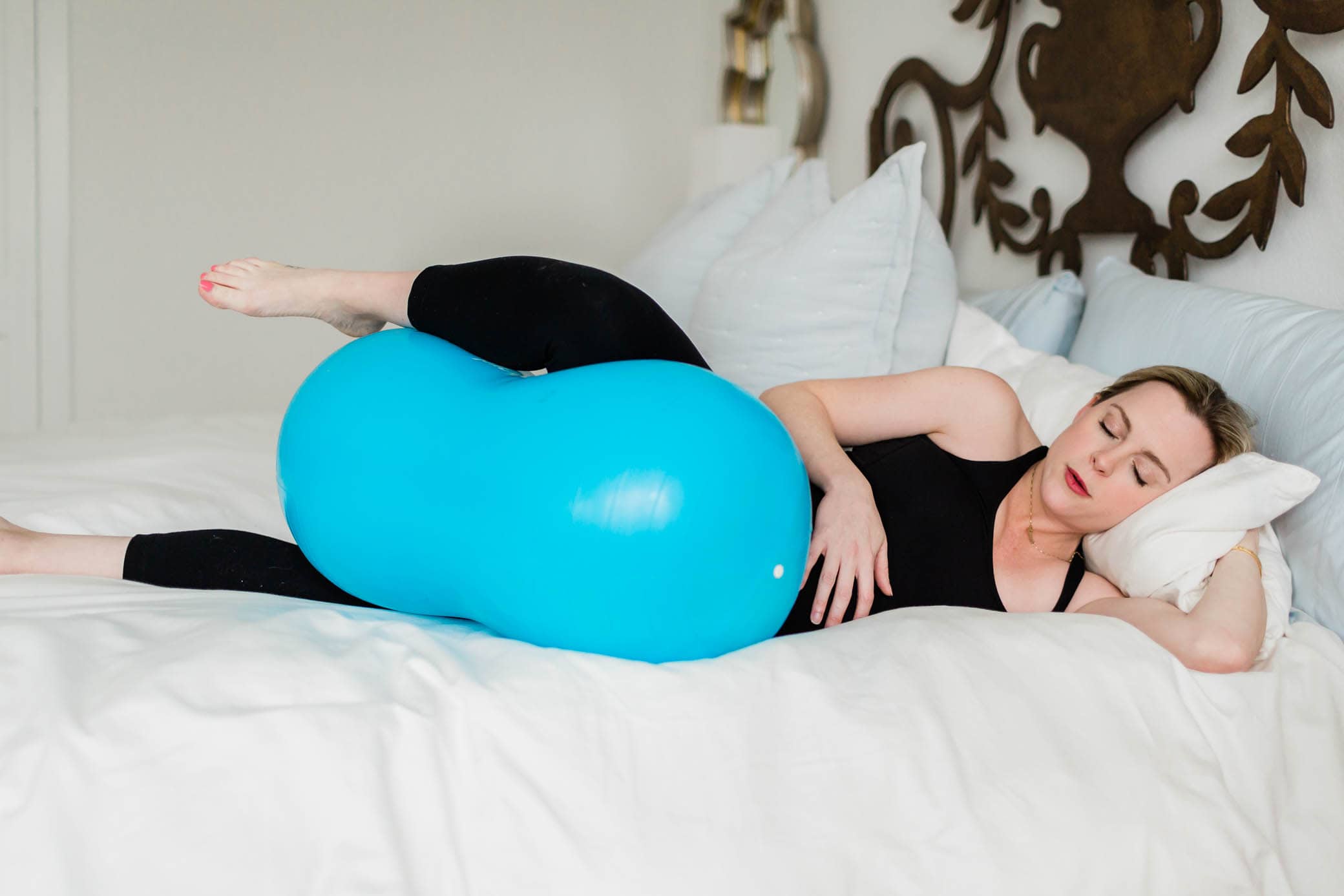
A peanut ball is just that, a rubber ball that is elongated and shaped like a peanut shell. A peanut ball is placed between a laboring person’s legs in a side-lying position. Its use promotes an open pelvis as your baby is descending.1 This is an incredibly helpful labor tool, especially if you have an epidural on board with limited mobility. While more research is necessary, peanut ball use is associated with decreased labor length and lower occurrence of Cesarean delivery.2
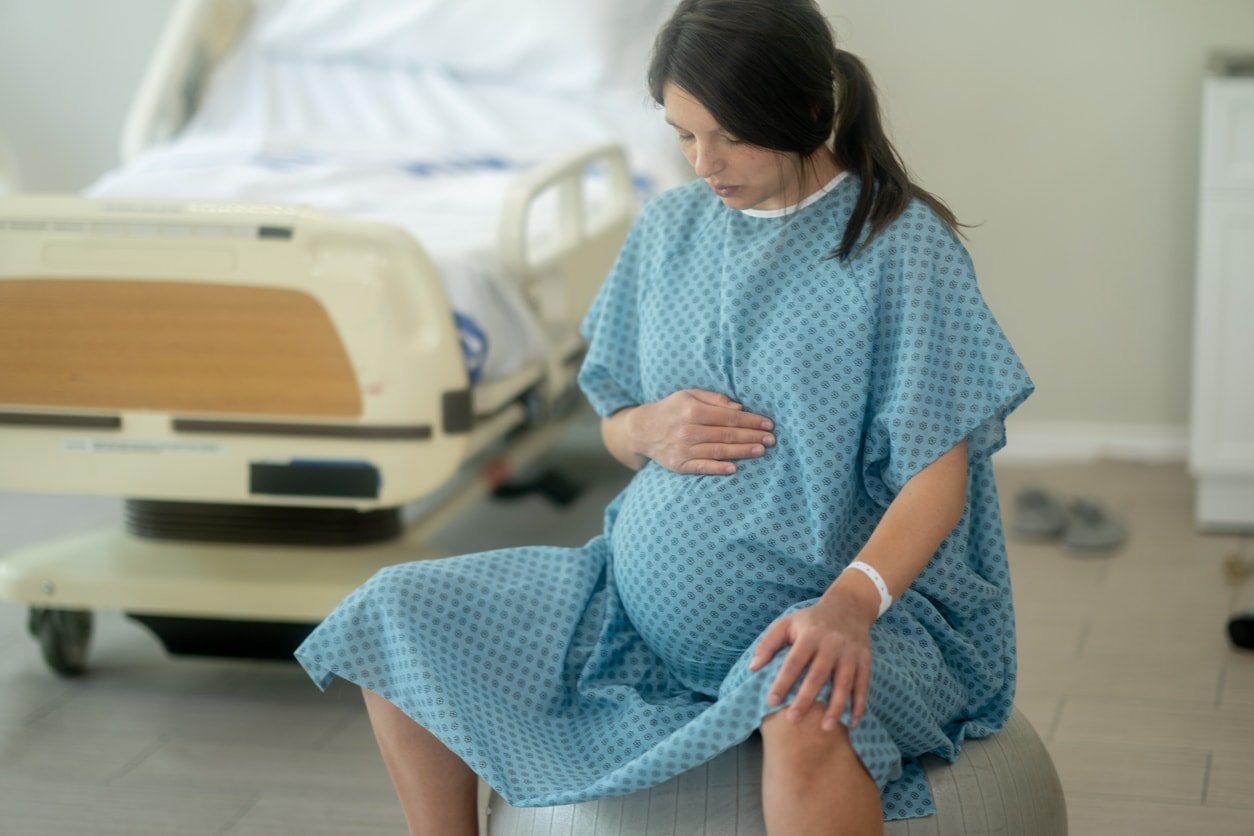
Birthing balls are common and comfortably offer an upright labor. The size of the ball requires you to sit with your legs wide and your hips open to encourage the baby’s descent. Bouncing or rocking on the ball during contractions encourages “looseness” in your bottom and may open your pelvis. Research supports using birthing balls as a pain-relieving tool.3
You will want to check if these labor tools are available, but if not, you should be able to bring your own.
2. Rocking Chair
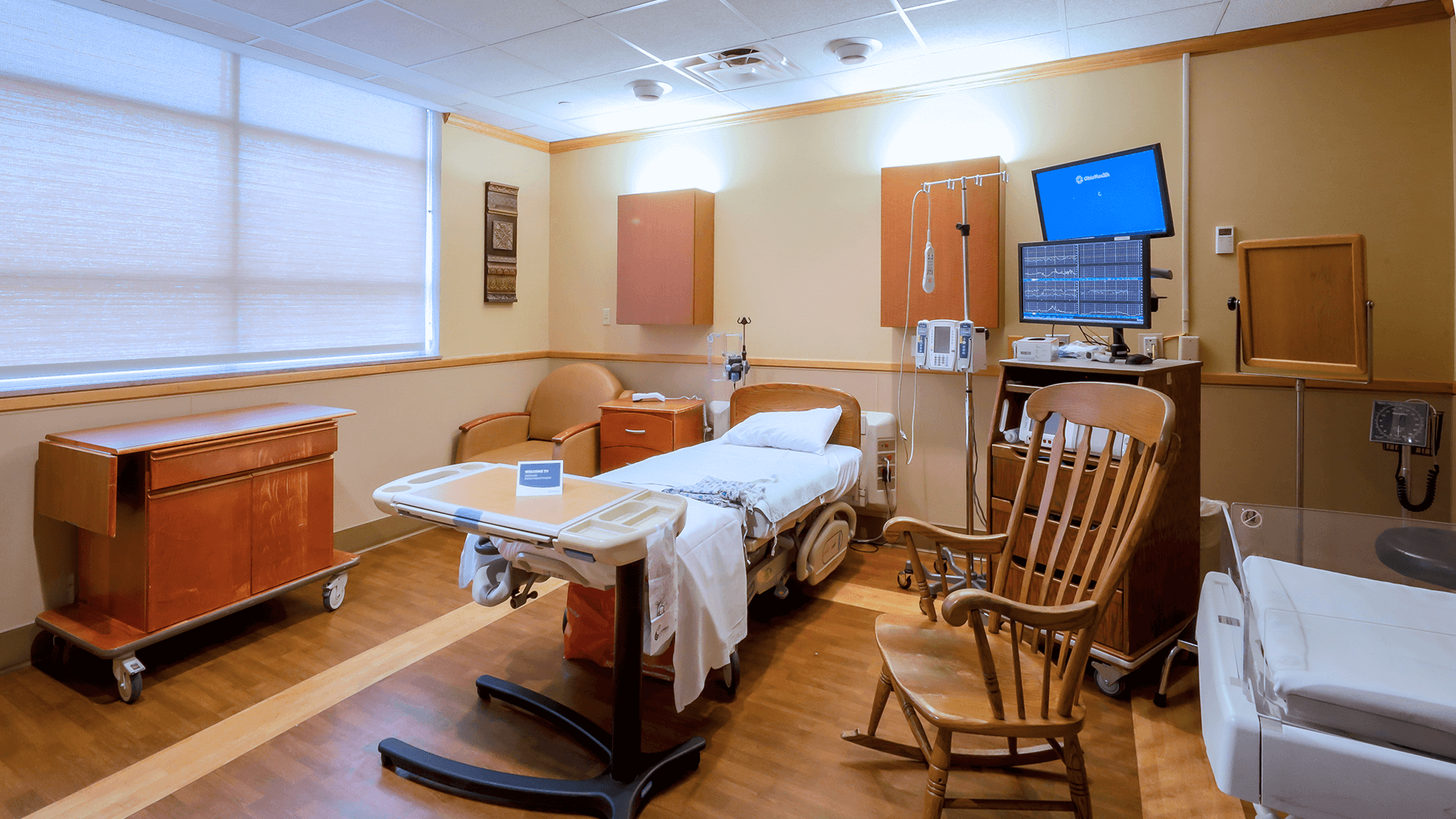
A rocking chair is another great option for upright labor, especially if your legs are weary. Upright or sitting laboring positions take advantage of gravity to encourage the baby’s descent, improve the effectiveness of contractions, and decrease pain.4 The repetitive, rocking motion can also bring comfort.
3. Bathtub or Shower
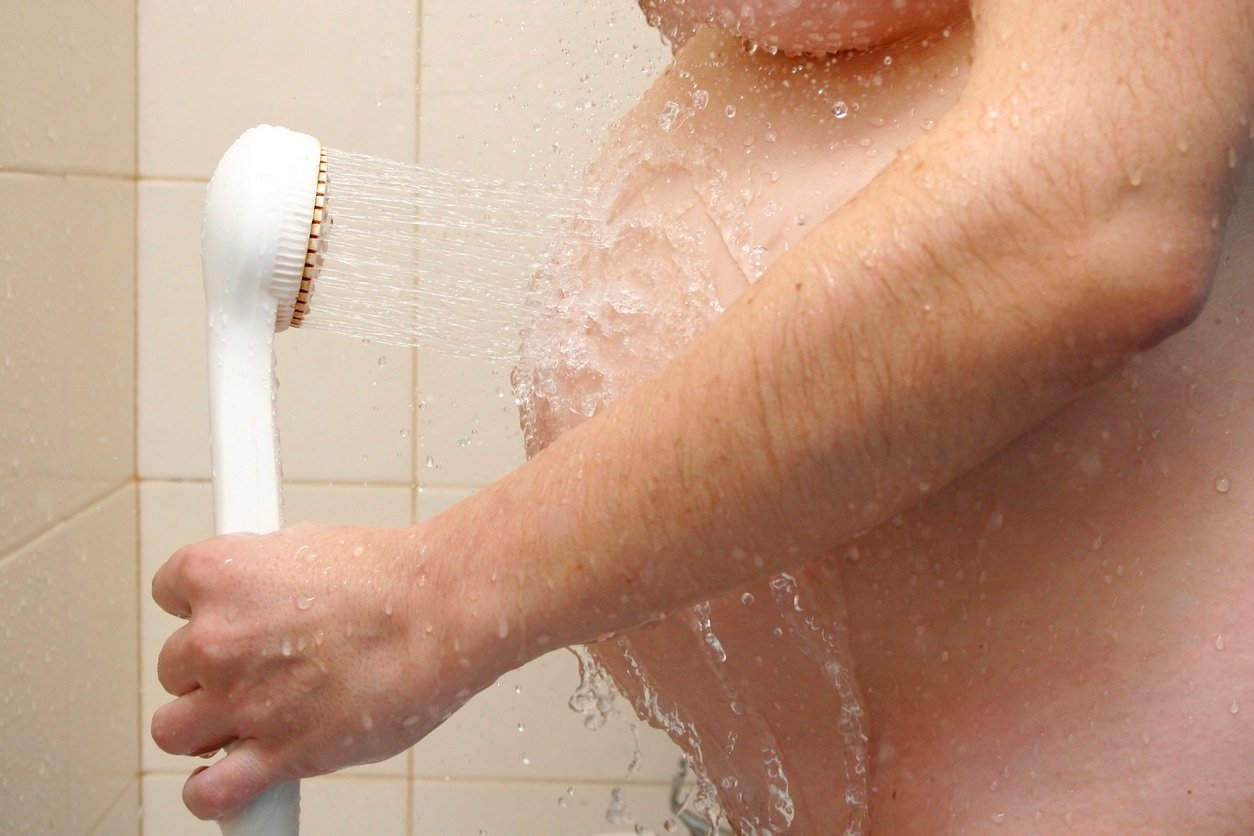
Many love the warm comfort of a bath during pregnancy to quell the discomfort of achy ligaments and a stretching body. Hydrotherapy has excellent benefits during labor as well. Tub or shower use is easy to get going and do independently. Hydrotherapy has pain and anxiety-relieving benefits.5 You may even consider a water birth with the support of your birthing facility and provider.
Please know that not all facilities have birthing tubs or private in-room showers.
3 Hospital Items for Pushing During the Second Stage of Labor
The second stage of labor is the time for your baby’s grand entrance! You can use these hospital items during your second stage of labor — pushing.
1. Bed Sheets: Let’s Play Tug of War
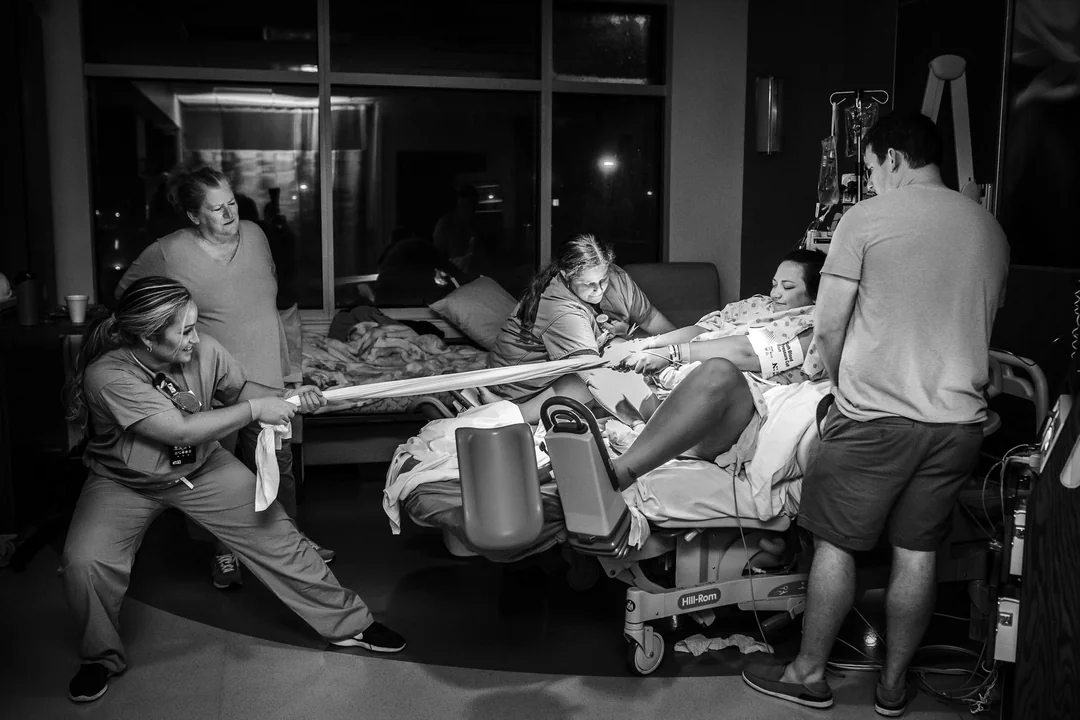
Playing tug-of-war is not just a backyard pastime. Bed sheets are readily available at hospitals and can be used during pushing. As a contraction starts, you sit up and pull on one end of a sheet while a partner, nurse, doula, or provider pulls on the other. The sheet can also be tied around a bed-mounted squat bar. This pulling technique significantly promotes an upright, active pushing position with your abdominal muscles if an epidural limits movement and strength.4
2. Squat Bar and Birthing Stool

Upright positioning during labor and pushing is associated with shorter pushing times than lying on the back. The squat position during pushing feels natural and desirable to many.6,7
Most hospital birthing beds are equipped with a squat bar attachment. A sturdy countertop or bedside rail can also support you in a squat position during contractions.
A birthing stool is an age-old tool. You sit on a backless semi-circle-shaped stool with a cut-out in the middle during labor. The stool promotes an upright position like squatting and can be helpful when your legs tire. Not all facilities have one, but you can certainly ask.
3. Mirror
A mirror can be one of the best tools in the labor room. While pushing, your team places a mirror in a location where you can see the efforts of your pushing. Surveys have shown that more than half of laboring parents who use mirrors have a positive experience and that it improves their pushing efficacy. It can be an excellent motivator. However, not all facilities have one, and not all parents want to use one.8
4 Other Helpful Hospital Items
A few other handy hospital items might help make your stay more comfortable.
1. Emesis Basin or Emesis Bags

Unfortunately, hormones, medications, epidurals, and slowed stomach emptying can cause nausea and vomiting during labor.9,13 An emesis basin is a kidney-shaped container that catches vomit. Emesis bags or larger basins are also available. Emesis basins and bags are also helpful if you need to brush your teeth in bed.
2. Cold or Hot Packs
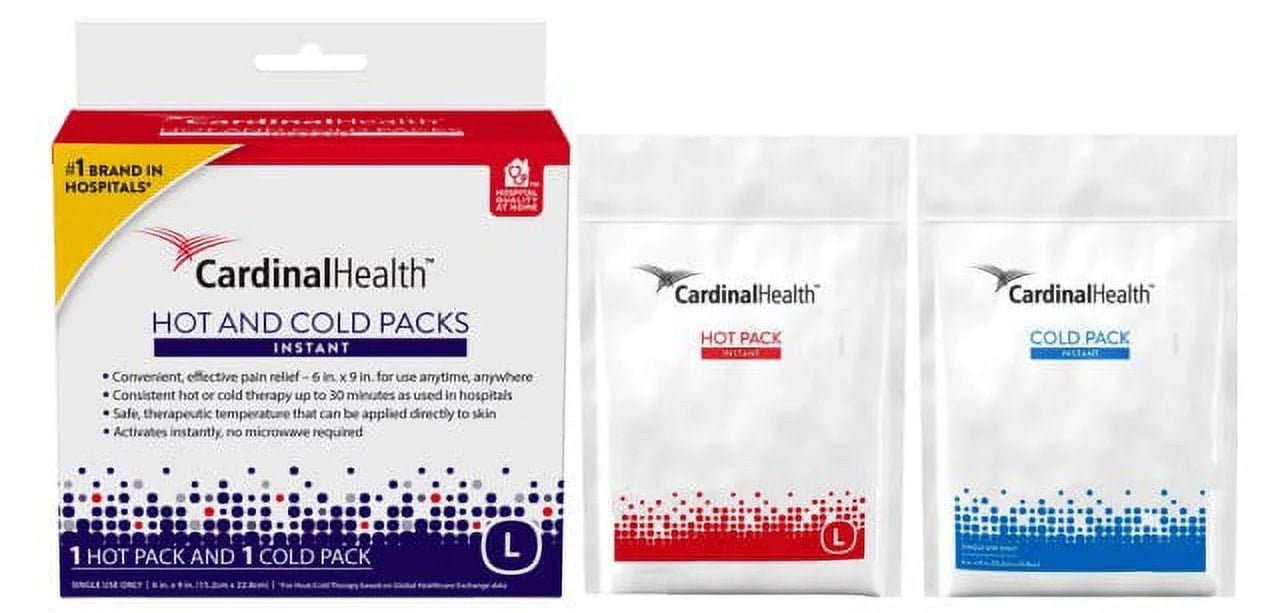
Studies have concluded that hot or cold application during labor can significantly reduce pain and increase laboring parent satisfaction. Options include but are not limited to, ice massage, cold washcloths on the upper back or around the neck, and warm packs or towels on the perineum or lower back.10
Proper cold or hot packs, as you imagine them, may not be readily available on the hospital unit due to the necessity of physician orders and stocked supplies. But not to worry: Most nurses have some tricks up their sleeves. Ice, warm water, and plastic bags are readily available for make-shift packs. Baby diapers filled with warm water make excellent moist warm packs.
Most units have a microwave you can use to heat a hot pack if you choose to bring your own. You could also bring your own heating pad.
3. Warm Blankets
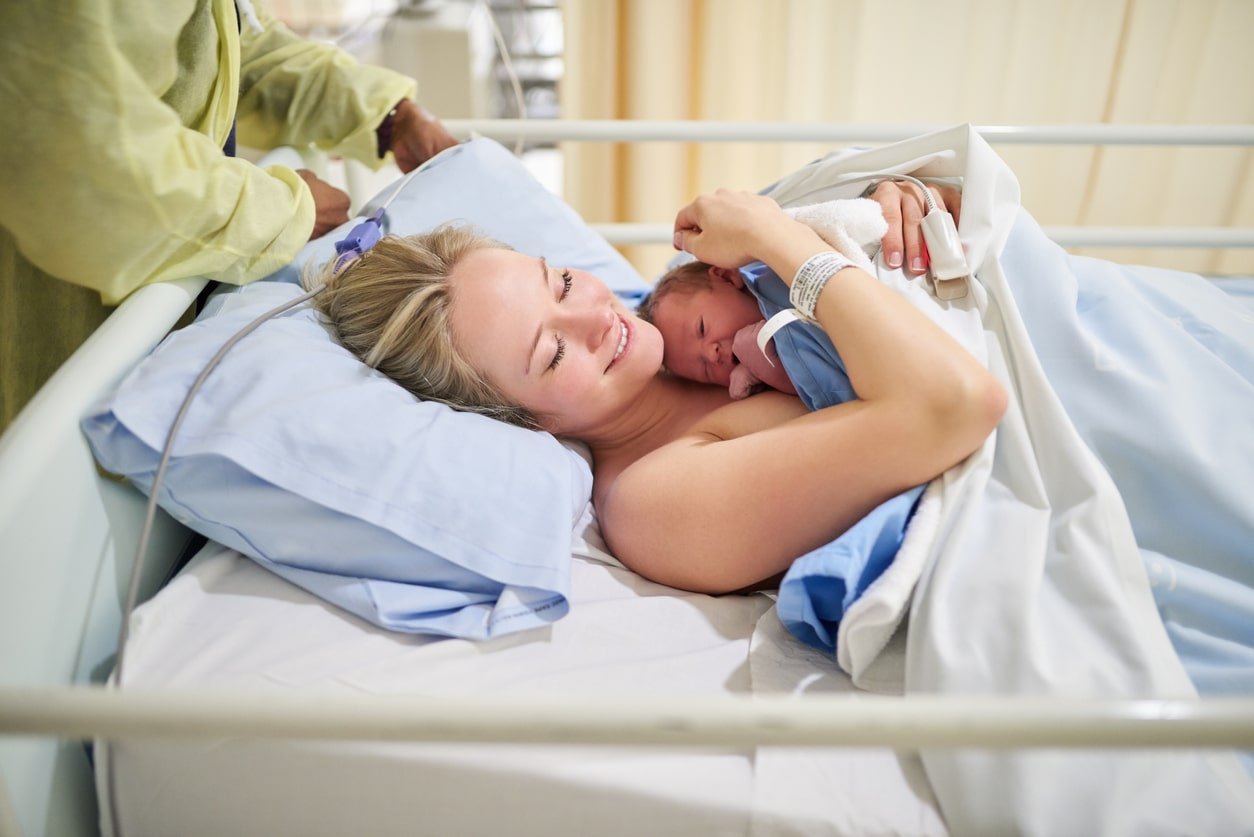
The blanket warmer is perhaps the most luxurious piece of equipment on the labor floor. Who doesn’t love a warm blanket? Heated blankets can provide some much-needed comfort and warmth during labor and after delivery. They are essential post-Cesarean section when the risk for low core body temperature following surgery is possible.11 Imagine snuggling with your newborn for the first time while enveloped in a warm blanket hug!
4. Room Temperature Adjustment
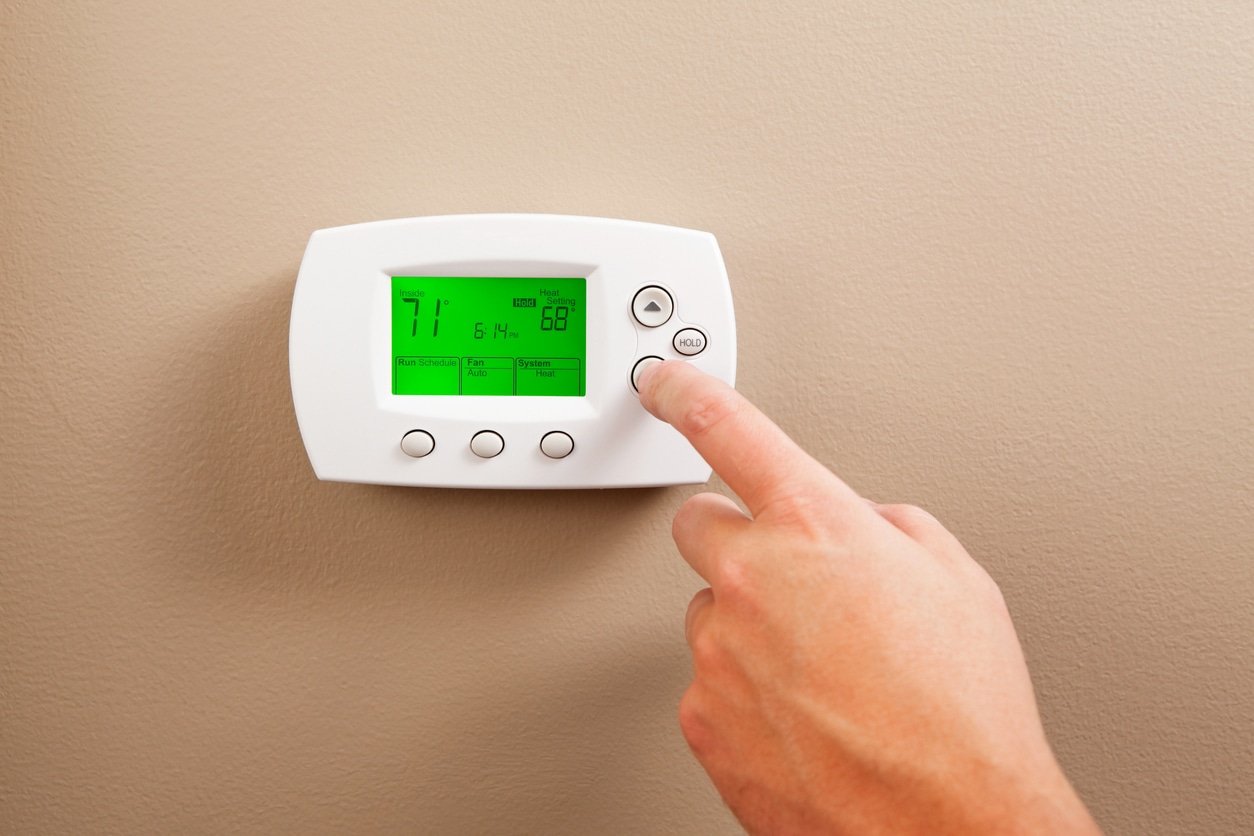
Do not be afraid to ask if the room temperature can be adjusted. Most rooms are equipped with thermostats that may or may not be accessible to you. Also, pack accordingly in case the temperature cannot be changed.
What Postpartum Items Does the Hospital Provide?
Postpartum units offer several hospital items to ease the burden of what you need to pack. Feel free to bring your own, but know that the following items should be available to you post-delivery:
- Large sanitary pads. Jumbo pads are necessary immediately post-delivery when postpartum bleeding is the heaviest.14
- Disposable underwear. There is no need to worry about staining your undies with postpartum bleeding.
- Medicated analgesic creams or sprays. An ointment or spray can be applied to your sanitary pad to relieve pain from a perineal tear.12
- Witch hazel pads. These will provide a cooling relief to any hemorrhoids that have appeared or worsened during delivery. The pads are also helpful for perineal tears.12
- Sitz baths. This shallow basin fits on the toilet and is filled with warm water. It can help with comfort and promote healing of perineal tears or episiotomies.12 You may need to ask for one, but they should be available.
- Basic toiletries. Forgot your toothbrush or need some lotion? These hospital items should be available as well.
- Lactation supplies. Maternity units are stocked with all your newborn feeding needs, including hospital-grade breast pumps, supplemental nursing system (SNS) supplies, cups or syringes, nipple shields, nipple cooling gels, and nipple ointment. Formula is also always available if needed or desired.
Allow the hospital to ease some of the packing burdens. Be sure to call ahead or discuss the availability of hospital items with your obstetric provider. These tools are often available to help you positively cope through your labor and delivery.

